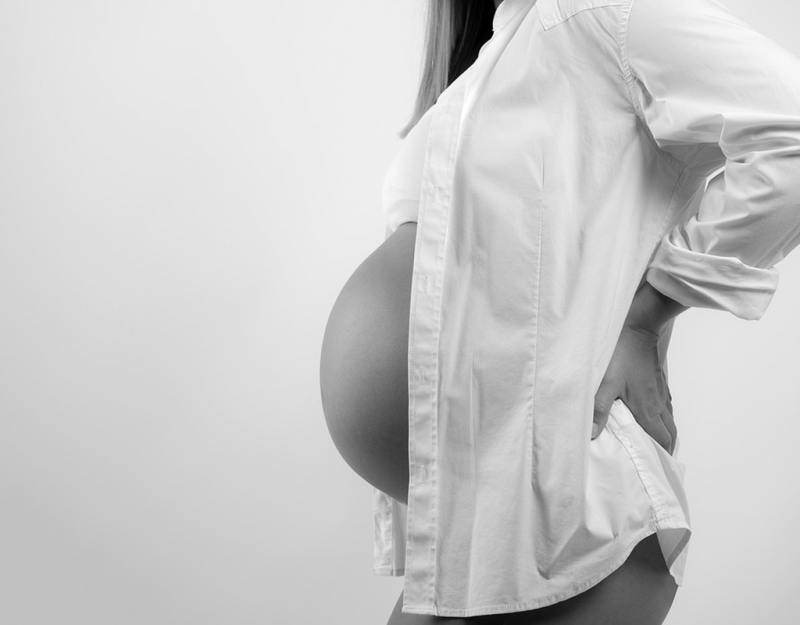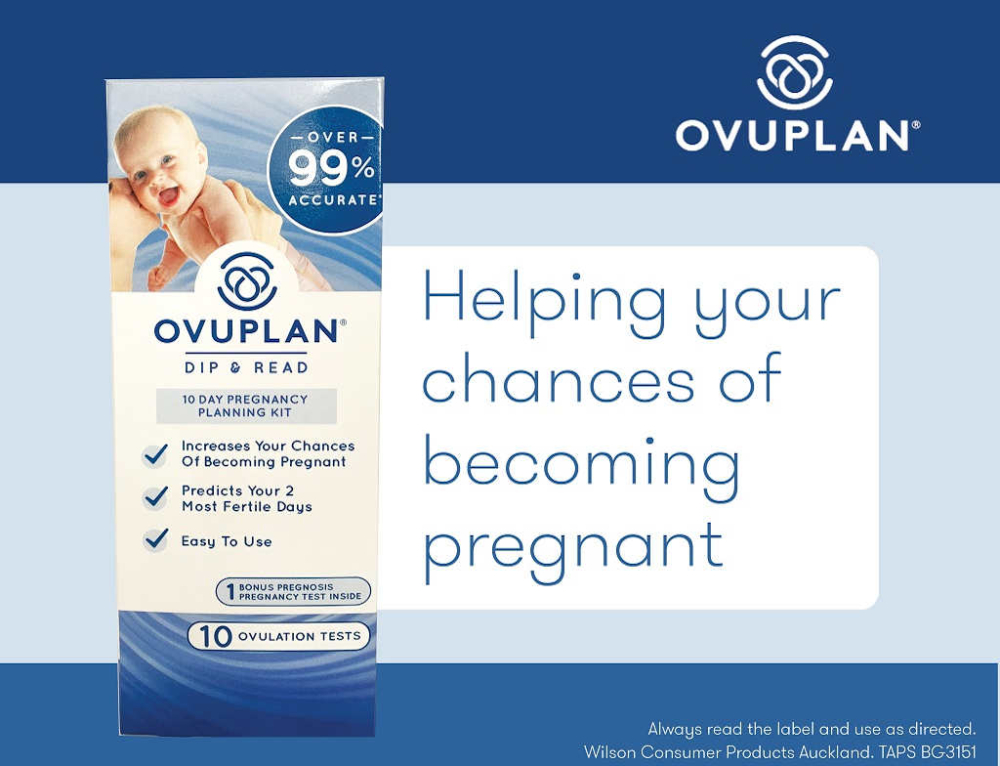In addition to the pain, going through labour can be like wading through a strange dictionary. Getting to know the important terms that may be used about your labour is one way to make sure you are as relaxed as possible.
Anesthesia
A type of medication that works to either provide a total loss of sensation to a particular area, or leaves a patient completely unconscious, in order to alleviate any pain.
Afterpains
These are mild contractions or cramps that signal your uterus return to its pre-pregnant size and shape. Some women report that these pains are more painful with each subsequent child. They are caused by the release of the hormone oxytocin during breastfeeding. They typically occur in the days immediately following the birth.
Birth centre
A homier alternative to a hospital room equipped to care for women experiencing a low-risk pregnancy. Birth here is usually attended by midwives or doulas. Many birth centres have limited pain relief available and doctors on call in case of emergency.
Birth defect
Any defect that is present at birth – caused by genetic defect or non-genetic prenatal events.
Bloody show
As you get closer to labour, and your cervix begins to dilate, the thick plug of mucus that is sitting in the cervix can come out. Loss of this plug is sometimes accompanied by some streaks of blood this is normal and a sign your baby is on its way, though maybe still days away.
Breech
In about 3-4% of pregnancies, the baby approaches full-term by presenting in breech position meaning it is bottom or feet down, rather than head down.
Cervix
This is the opening of the uterus, from which the baby emerges.
Cesarean
A cesarean section (c-section) is the delivery of a baby via a surgical incision to your abdomen. The most common method is via a transverse (or bikini) incision, along the top of the pubic hairline. These days, vertical (classical) incisions are less common but may be required in certain circumstances.
Cesarean, elective
This is sometimes known as a planned cesarean or scheduled cesarean, and means that its a cesarean section delivery which has been scheduled at some point during the pregnancy before labour has begun. Planned c-sections are sometimes chosen for reasons of multiple gestation, breech positioning, a previous c-section delivery, or other complications.
Contractions
A tightening of the uterus. When you are in labour, the force of the contractions help the baby progress down the birth canal.
Cord prolapse
Premature expulsion of the umbilical cord in labour before the fetus is delivered. Women who experience this should seek urgent medical attention
Crowning
This is when the babys head appears at the vaginal opening, shortly before delivery.
Dilation
During the first stage of labour, the cervix widens to 10 centimetres, This process is called dilation.
Doula
A professional labour assistant – usually a woman – who provides emotional, physical and sometimes spiritual support to the mother during labour.
Dysfunctional labour
Failure to progress in a clinically normal pattern of labour
Effacement
During the first stage of labour, the cervix shortens. This process is called effacement. Effacementis expressed in terms of percentages: no effacementis called 0%, full effacementis 100%
Episiotomy
A surgical incision made to the perineum during the birthing process to enlarge the vaginal opening.
False labour
The difference between false labour and real labour? After a point, false labour does not progress and then eventually stops
Fetal distress
Warning signs indicating fetal hypoxia (deficiency in amount of oxygen reaching fetal tissues).
Forceps
Large tongs which are occasionally used to help assist the delivery of a baby.
Induced labour
Usually undertaken when a pregnancy has passed full-term, this is where the use of drugs and/or procedures are used in an attempt to start labour.
Labour
The onset of regular, progressive contractions until the birth of a baby.
Labour coach
Usually refers to the mothers partner, but may also be a doula, midwife or friend, who emotionally, physically and sometimes spiritually supports the mother during labour.
Midwife
A person who has completed training to care for women during their childbearing years and attend to low-risk pregnancies and births.
Molding
During labour, molding occurs where the babys skull sutures overlap and the head shape changes to negotiate the journey through the mother’s pelvis. Babies may be born with cone heads this is temporary.
Mucus plug
The thick mucus that seals off the cervix (the opening to the uterus). This comes out near, or during labour and may look like heavy mucus mixed with red blood often called a bloody show.
Natural birth
Generally refers to childbirth without pain relief (anesthesia or analgesia) but may alternatively be used to describe a vaginal delivery rather than a cesarean birth.
Prolapsed cord
When the umbilical cord slips through the cervix or into the vaginal canal. The cord may actually stick out from the vagina, or the mother may just feel that there is something there. The mother should get on her hands and knees to relieve pressure on the cord and seek urgent medical assistance.
Perineum
The area between the vagina and the anus. The perineum is stretched during a vaginal delivery, and may be cut during labour in a procedure known as an episiotomy.
Placenta
A temporary organ that grows during pregnancy to join mother to her fetus. The placenta provides the fetus with oxygen, water, and nutrients (food) from the mothers blood and secretes the hormones necessary for successful pregnancy. Carbon dioxide and other wastes are passed back through the placenta. These will be processed and excreted by the mother. Shortly after the birth of the baby, the placenta also needs to be delivered.
Precipitous labour
A very quick labour and delivery, which lasts less than three hours from beginning to end.
Presentation
The part of the fetus that enters the birth canal first. Some presentations include ariations of cephalic (head), breech (bottom, legs or feet) or shoulder.
Prolonged labour
A labour lasting lasting more than 20 hours. There are many reasons why labour may not progress more quickly, and this does not always signify a problem.
Transition
Transition is the phase of labour just before the pushing stage. During transition, contractions become very strong, and often their duration and frequency are less predictable.
Umbilical cord
This is the lifeline for your baby connecting the fetus at its abdomen and the placenta, and giving passage to the umbilical blood vessels. The placenta transports oxygen and nutrients from the placenta to the baby. There are normally three vessels in the umbilical cord; two arteries and one vein.
This article was written by Claire Halliday for Kidspot NZ, New Zealand’s parenting resource for during your pregnancy.







Leave A Comment
You must be logged in to post a comment.